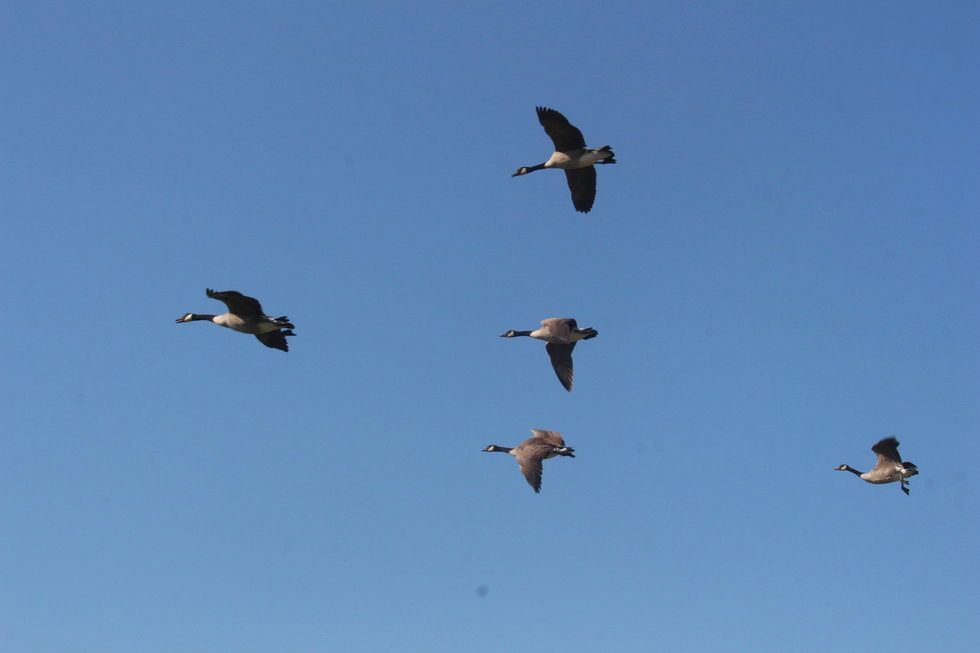As the level of technology increases in today's society, the human race is continuing to make advances that just decades ago were considered beyond human comprehension. Whenever the idea of human-flight is discussed, the Icarus myth is brought up. A myth that serves as a warning for all those who wish to expand human ability. A myth of a father, Daedalus, who lost his son to science. As scientists around the globe try to decipher the code of a way to determine a safe and efficient way of human flight, they must understand that the answer lies not in the minds of intellectuals, but rather in the bodies of the animals who have ruled the sky from before our time: the birds.
150 million years ago, the first birds appeared on Earth. From early on, these creatures adapted their metabolism capability, muscle structure, and wing design to be able to soar the skies - Huh? Ya, the ones we polluted. More on that later on.
One of the most marvelous features of birds are their wing structure, which allows for efficient flying. This technology is called the airfoil. It consists of a surface curved down on the top and curved up on the bottom. This combination of concave and convex surfaces creates a curved shape, which allows for air to move faster on the top of the wing and slower under it. This creates pressure difference that lifts the wing upward due to the difference between the airspeed above and below the airfoil wing. This use of basic structure is essential in constructing a design that would be effective in creating the gliding effect sought in flight.
Another key part of the bird's system is their muscular structure, which is
essential in flight. Most vertebrates have chest muscles that attach to the sternum, which consists of the arms and breastbone. However, birds have huge chest muscles, so the sternum in birds has evolved to have a ridge that supports these muscles. This ridge acts as a larger attachment surface for the chest muscles. When flying, a bird's muscles contract, moving their wings backward and then down. The ridge acts as an anchor that the bird can pull against to flap their wings. This downwards stroke of the bird's wings propels the bird forward by creating lift. This technique is an essential part of human flight, as it is important that technology created for flight has the ability to propel an individual forward over large distances.
Finally, the most important part of a bird's flight system: metabolism. Because flight requires so much energy, bird's have a very strong metabolism that can produce high amounts of ATP for muscles that are used during flight. In order to make so much energy, high levels of oxygen is necessary. To solve this problem, birds have a respiratory system that maximizes that amount of oxygen they can pull from the air. There are air sacs in in a bird's body that connect to the lungs. The air sacs store air that the bird breathes in. Air is pushed through the air sacs and the lungs during flight by movements of the furcula. Through this process, air with rich oxygen levels is always available. The amount of oxygen absorbed by the bloodstream is made very high, so a bird's metabolism is very effective. When attempting human flight, it is important to create technology that has the capability to operate for long periods of time.
By using the techniques found in birds through evolution and natural selection, scientists can better understand the ins and outs of flight. This will enable researchers to create a foolproof plan that will allow individualized human flight. Each human's flight mechanism will use the principles of a bird's wing structure, chest structure, and strong metabolism to safely glide humans across our world.




































